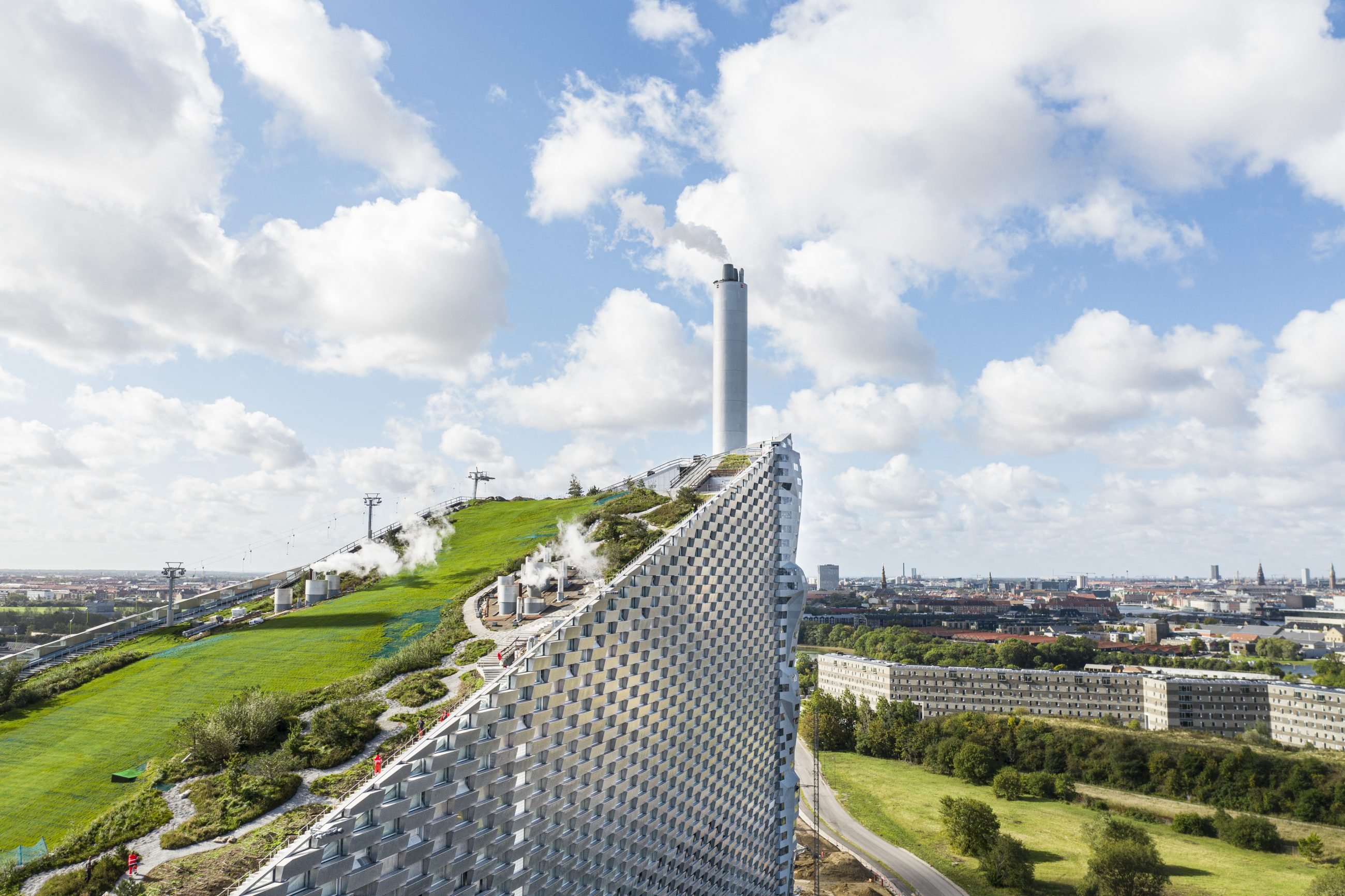News
Air pollution
Air pollution from industry production
Clean air in transportation
Clean air is a matter of global health: Danish solutions are ready at hand to reduce ambient air pollution worldwide


Globally, ambient air pollution is a major health challenge that causes 4.2 million premature deaths every year due to strokes, heart diseases, lung cancer and chronic respiratory diseases. Around 91 per cent of the world’s population lives in places where air quality levels exceed limits recommended by the World Health Organisation (WHO). The major outdoor pollution sources include vehicles, power generation, heating, agriculture, shipping and industry production.
The good news is that solutions to help us combat the negative effects of air pollution already exist.
“In Denmark, we have worked on improving air quality since the 1970s and we have brought down air pollution from industrial and energy production to a low level compared to global standards. Beyond the health and environmental benefits to the Danish society, this development has also fostered a cleantech sector that is leading in developing, supplying and utilising solutions to reduce air pollution,” said Lea Wermelin, Danish Minister for Environment.
Improving urban air quality
The problems related to air pollution are often seen in relation to the world’s cities and have been intertwined with the increasing urbanisation – a trend that shows no sign of decline.
-Related solution: Amager Bakke (Copenhill)
For many decades, Danish cities have been frontrunners in addressing urban air pollution. Some of the solutions, which have shown to be effective in order to improve urban air quality in Danish cities, include:
- implementing fuel quality requirements, taxation, vehicle emission standards and urban vehicle access restrictions,
- retrofitting of vehicles,
- shifting from individual domestic heating using coal or oil, to the use of district heating based on surplus heat from conventional power plants, industries and waste incineration and
- replacing old wood stoves with new, eco-friendly ones.
However, air pollution is not only a city phenomenon. It originates from almost all types of industries from rural agriculture to international shipping, just to mention a few.
Reducing air pollution from shipping
Approximately 93,000 ships sail the oceans worldwide and this number is expected to increase along with the continued demand for international trade. The significant amount of ships is a challenge in relation to air pollution as the large exhaust on many vessels emits a number of harmful substances.
-Related solution: The world's largest battery-powered passenger ferries set sail
Denmark is one of the global leaders within shipping. Accordingly, Danish companies have specialised in providing solutions to combat air pollution from the maritime industry by using green technologies designed specifically for ships and the harsh conditions in which they operate. Some of the solutions to reduce air pollution from shipping include:
- installing exhaust gas cleaning or scrubbing technology on the ships,
- shifting to electric ferries running on green energy for passenger ferries operating on shorter distances and
- providing electrical power from shore to e.g. cruise ships at berth, making it possible to turn the ship’s auxiliary engines off.
Find more solutions and inspiration to tackle ambient air pollution in cities, shipping, agriculture and industry production in the new State of Green white paper on clean air, found here.
You should consider reading
publications
Resource efficient production
+15















